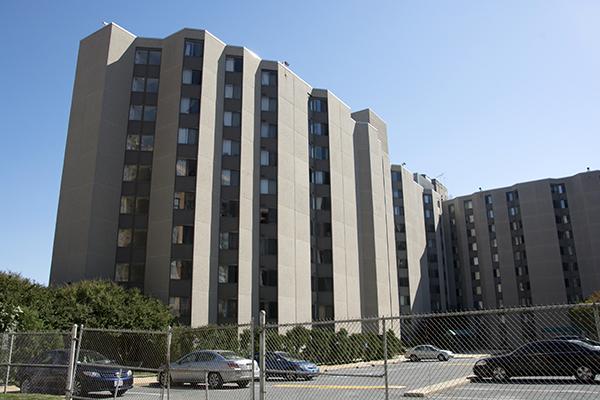Millennials are causing a real estate boom in D.C.
Residents between ages 18 and 34 are driving demand for more residential buildings in the city, according to data released by the Urban Institute this week.
Peter Tatian, a senior research associate at the D.C.-based think tank who led the project, said the construction boom is causing prices to rise while low-income families struggle to find affordable housing.
Young professionals have flocked to cities like D.C. after they graduate from college since the early 1990s, Tatian said. He added that most of the demand is for high-end facilities with plenty of amenities, which can drive up home values in the area.
“It brings a new challenge because the cost of housing does go up because you have this influx, so you need to think about ways to protect the people who already live here,” he said.
The report pointed to rising home values in Ward 2, which includes the Foggy Bottom and West End neighborhoods. Home values have increased in part because of a construction boom in the area. The average rent price for a one-bedroom apartment in Foggy Bottom is $2,662, the Washington Business Journal reported.
The Urban Institute’s data, part of a series called “Our Changing City,” shows that single-family home prices in Ward 2 are the highest in the city, averaging about $1.2 million per home.
GW has played a hand in increasing the value of real estate in the area, with the development of The Avenue and plans to build an 11-story office complex on Pennsylvania Avenue. When The Avenue opened in 2011, Foggy Bottom saw an increase in business activity overall, and a year later, the apartments were almost fully occupied.
Tatian said residents are attracted to the Foggy Bottom area because of the short walking distance between apartment buildings and government offices.
In the past year, home values in Foggy Bottom have risen 5.1 percent. When home prices increase, rent costs follow, experts say.
David Versel, a senior research associate for George Mason University’s Center for Regional Analysis, said professionals who have just graduated from college wouldn’t be attracted to the Foggy Bottom neighborhood.
“Foggy Bottom would be one of the last places for millennials to seek out. It doesn’t have the cutting edge to it, and housing prices are already so high,” he said.
Millennials are more drawn to areas in D.C. like Shaw and NoMa because of their diversity, said Christopher Leinberger, who chairs GW’s Center for Real Estate and Urban Analysis.
“They want to be on the cutting edge,” he said. “But in five years, it might just be a bunch of yuppies.”
As high-end real estate options crop up across D.C., the Urban Institute report found that living in the city is becoming less affordable for those with low-income. Tatian said this trend could have an effect on students who are looking for housing right after graduation.
“It is very challenging for people who are at that entry-level position to come in and find those places to live,” he said.







